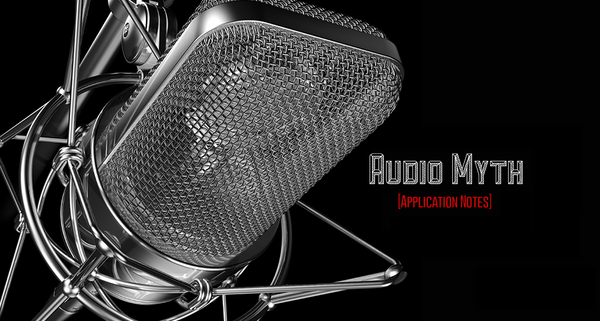E5RSY
Doctor of Teleocity
What's the rub, here? I know the standard is kinda shifting over to switched-mode units. But, high quality outfits like Walrus Audio still market linear supplies (not to mention the Vodoo Lab products are still selling well). Does it really matter all that much? I've heard lurid tales of linear supplies with their toroidal transformers introducing hum to a rig when tucked underneath a pedal board. Has Walrus Audio figured out a way to avoid this, or are they also due for a move to switched-mode units?
Thanks, in advance, for any education on the issue.
Thanks, in advance, for any education on the issue.

